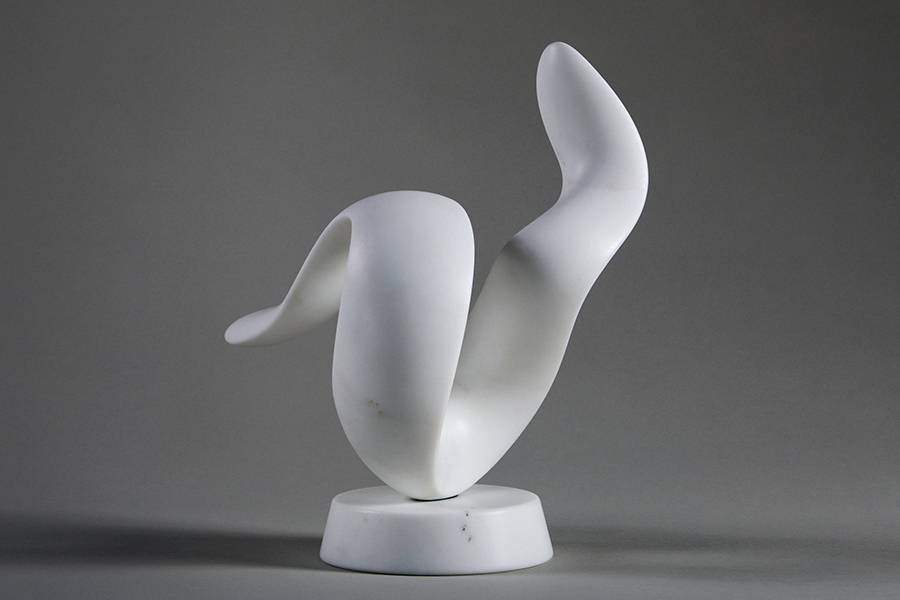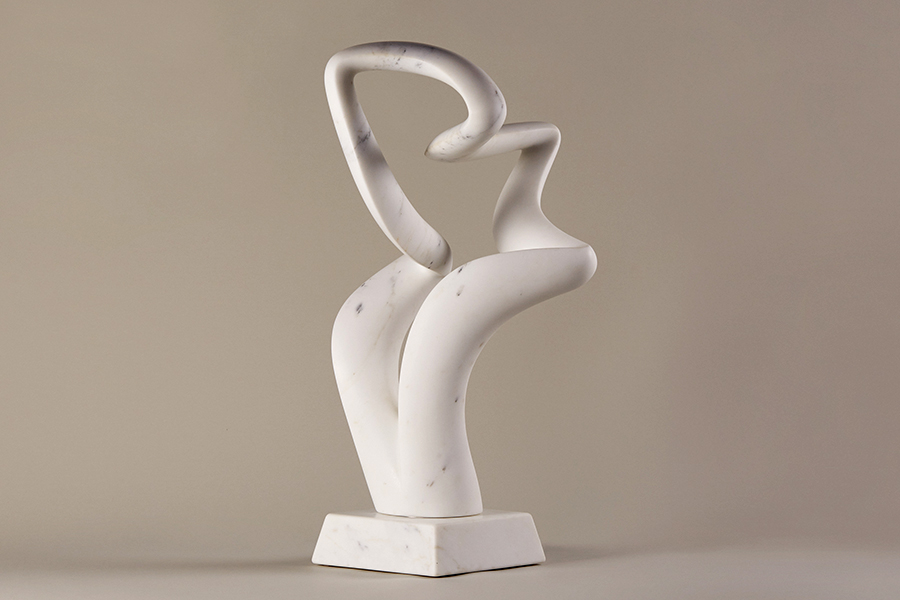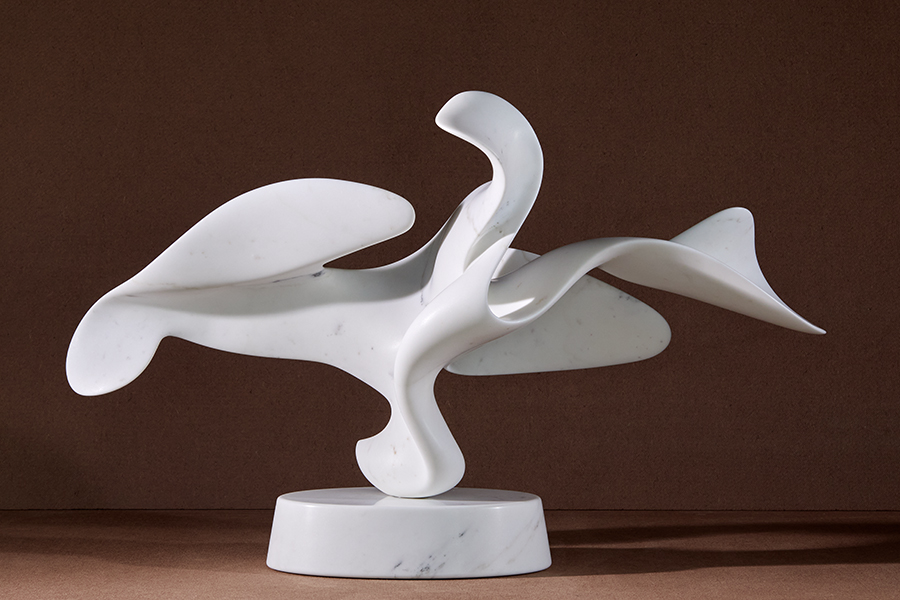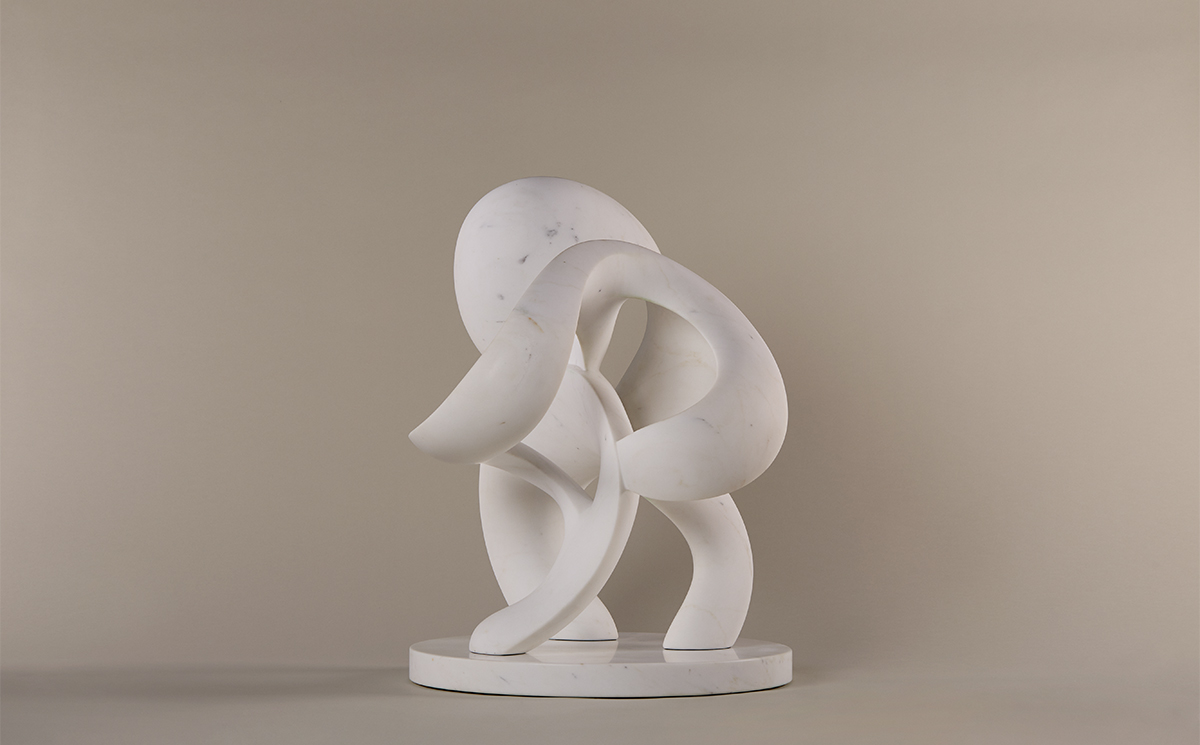
Abstract Sculpture, What it Means and How to Understand It
August 24, 2023
Approaching abstract sculpture can be intimidating. It has its own language, expressed by the artist through form, color, line, and texture. Artists who make abstract sculpture create their own dialect, born of individual creativity and building on the vernacular of artists who came before: Henry Moore, Barbara Hepworth, and Beverly Pepper, to name a few. At first unfamiliar, when understood and embodied, the work unlocks access to concepts and feelings transferable only through three dimensional language.
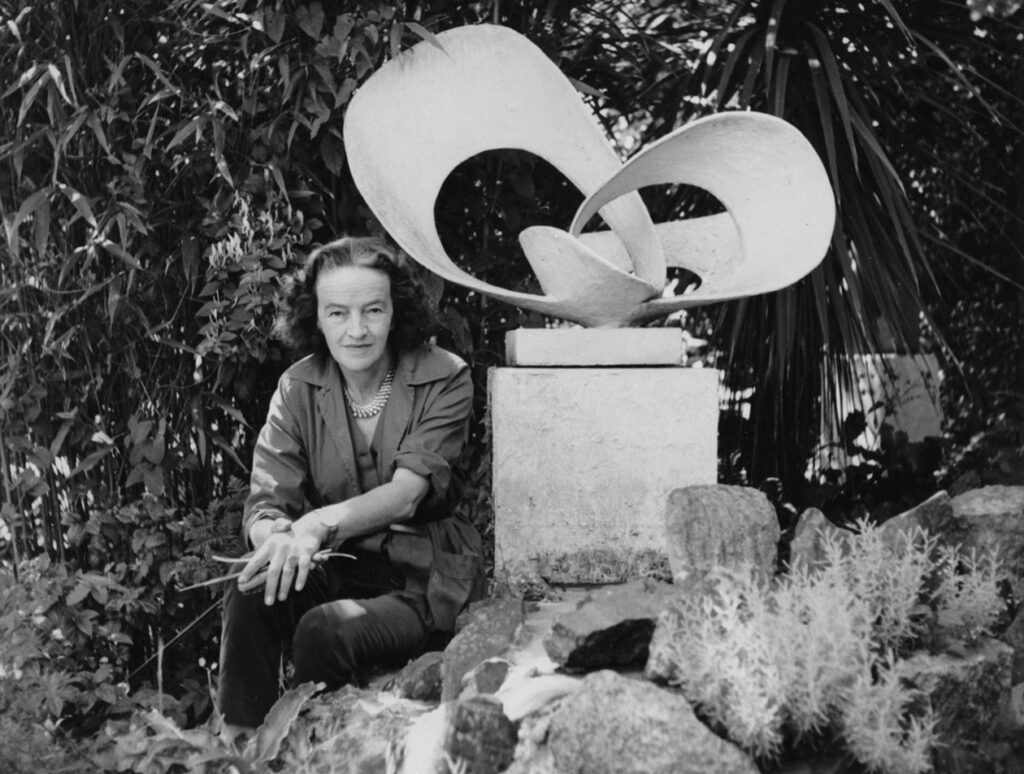
Barbara Hepworth, © Bowness, Hepworth Estate
The key to understanding abstraction is to know that there is no wrong way to experience the work. The beauty of Richard Erdman’s sculpture is that the impact is subjective; an individual’s relationship to it is informed by memory and experience, and is as unique as the relationship between two people. As you experience the breadth of Erdman’s forms, the language becomes familiar, his alphabet a codex of smooth, circular movement, expansion and contraction, peaks, valleys, and languid recline, all accentuated by the carefully selected material.
- Flume, Carrara marble, Richard Erdman, 2022
- Salient I, Carrara marble, Richard Erdman, 2022
- Sequita, Carrara marble, Richard Erdman, 2023

